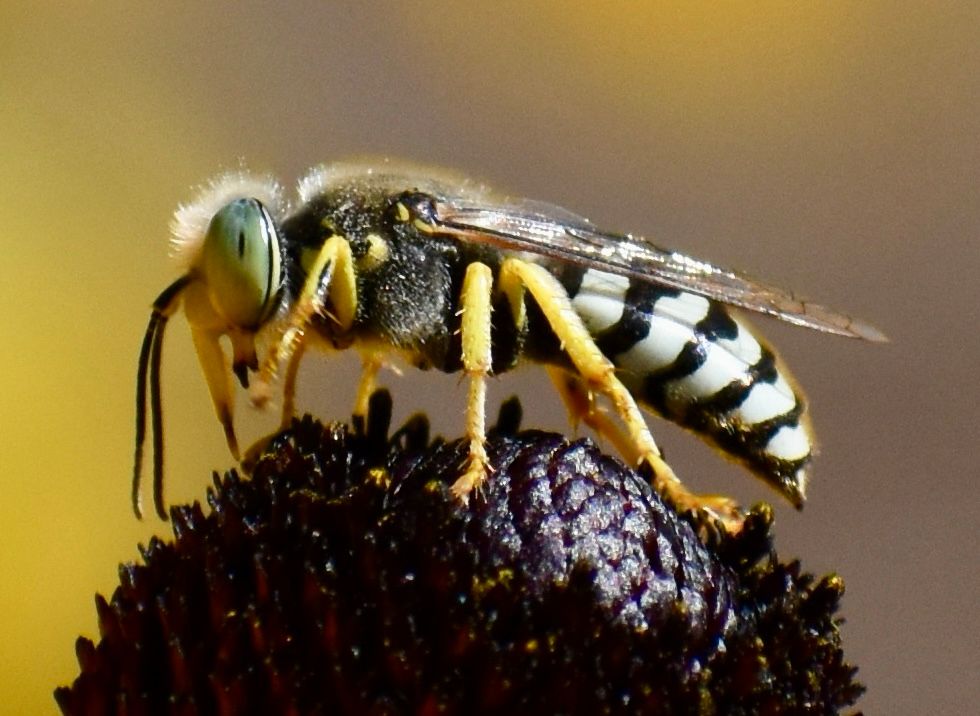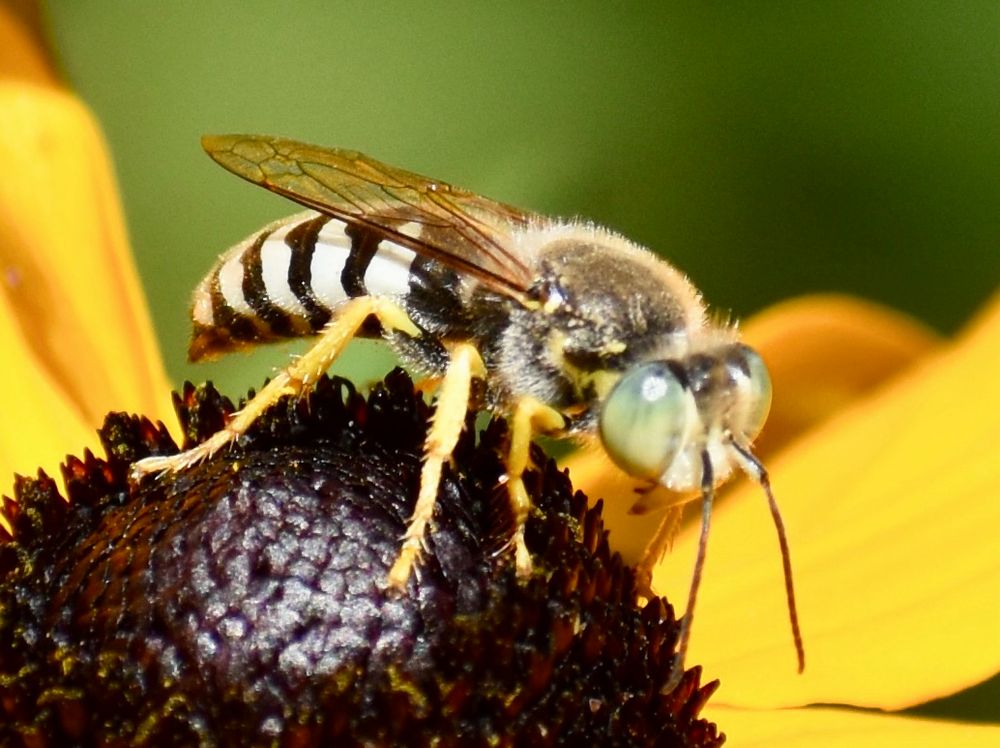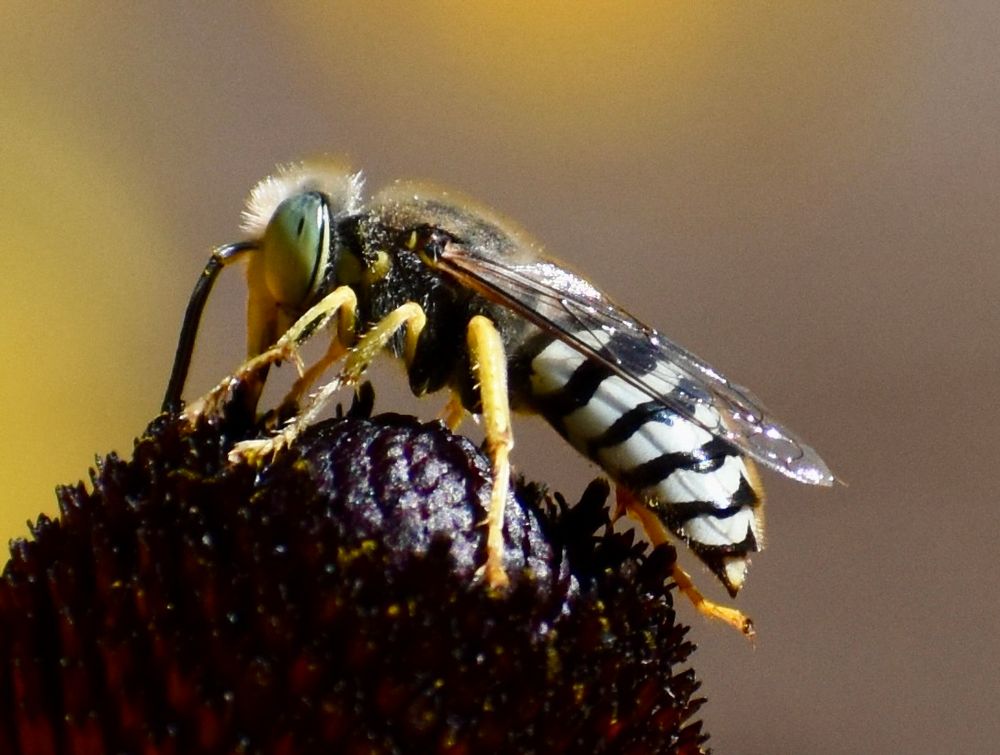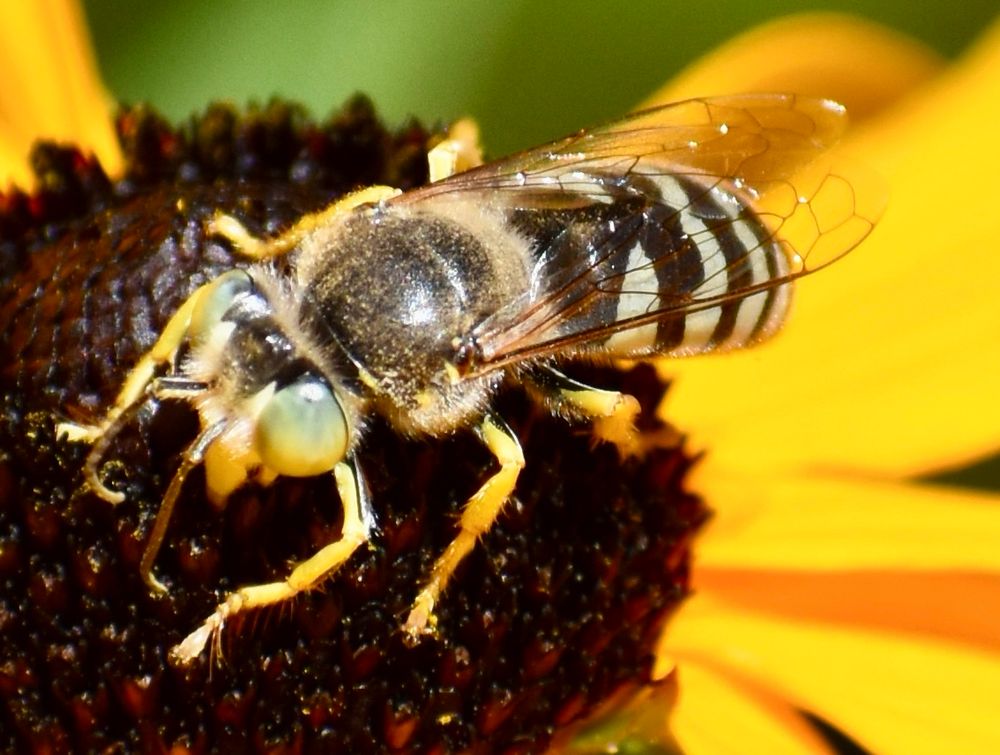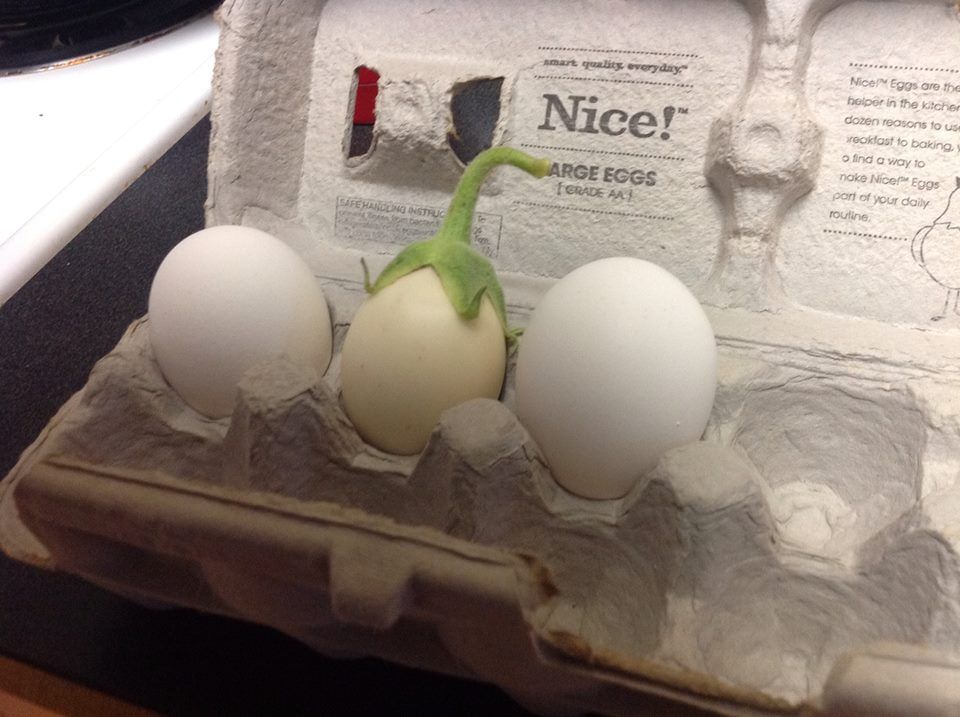Ferris Jabr
@ferrisjabr.bsky.social
13K followers
720 following
610 posts
NYT bestselling author of Becoming Earth (Random House, 2024), being translated into 12+ languages ✵ Contributing Writer, New York Times Magazine ✵ Gardener, baker, naturalist ✵ 🇱🇧🇺🇸🏳️🌈 ✵ Surname rhymes with neighbor ✵ https://www.ferrisjabr.com
Posts
Media
Videos
Starter Packs
Reposted by Ferris Jabr
Reposted by Ferris Jabr
Reposted by Ferris Jabr
Reposted by Ferris Jabr
Ferris Jabr
@ferrisjabr.bsky.social
· Aug 26
Ferris Jabr
@ferrisjabr.bsky.social
· Aug 21
Ferris Jabr
@ferrisjabr.bsky.social
· Aug 21
“I was 14 when I first asked for help. Now I’m 17 and still waiting.” Mental Health Services Are Failing — And Young People Are Fighting Back
Margaux Blanchard
“I was 14 when I first asked for help. I’m 17 now and still waiting.” That’s how Ava, a college student from Manchester, sums up her experience with the UK’s Child and Adolescent Me...
web.archive.org
Ferris Jabr
@ferrisjabr.bsky.social
· Aug 21
Ferris Jabr
@ferrisjabr.bsky.social
· Aug 21
Ferris Jabr
@ferrisjabr.bsky.social
· Aug 3
Ferris Jabr
@ferrisjabr.bsky.social
· Aug 3
Ferris Jabr
@ferrisjabr.bsky.social
· Aug 1
Ferris Jabr
@ferrisjabr.bsky.social
· Jul 28











